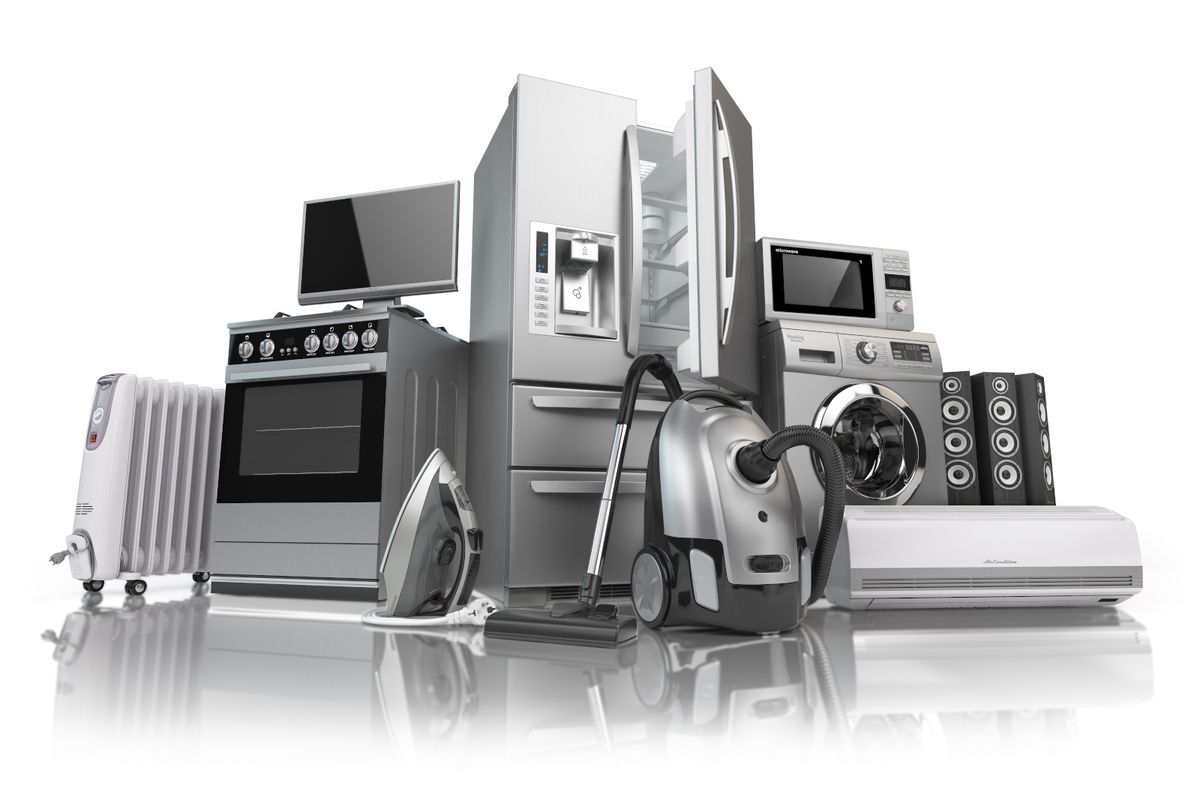Repairing Electronics Saves Money, Preserves the Environment

Things break. It’s a fact of life. The TV stops working, the microwave starts sparking and the laser printer slips into a coma. What do you do?
All too often, the answer is that we rush out to the nearest Circuit City or Walmart (or go online to Amazon) and grab a new one, stuffing the old one into the recycling bin, where it doesn’t belong.
We’d be better off finding a local repair shop. In many cases, what seems to be hopeless is easily remedied, with a new circuit board, capacitor, power supply or whatever. The advantages are obvious: repairs are usually faster and cheaper than replacing the problematic device, and the cast-off machine doesn’t end up leeching toxins into the nearest landfill.
Sound far-fetched? In fact, a report from the consumer group CALPIRG finds that California households could save $330 per year by repairing electronic gadgets themselves or going to a local repair shop. Similar savings are likely in other states.
The report, entitled “Repair Saves Families Big,” this new analysis, produced in conjunction with CALPIRG’s Right to Repair campaign, also looks at spending habits and the importance of a strong repair economy.
“Repair provides us with an opportunity to breathe new life into our old and broken devices,” said Claudia Deeg, CALPIRG Associate. “Instead of buying new gadgets every time our old ones give us trouble, we should turn to our communities to meet our repair needs. This approach is what’s best for both our society and our pocketbooks.”
Specifically, California households could save $330 per year by repairing electronics on their own or going to independent repair shops, according to the report’s analysis. This adds up to a total savings of $4.3 billion across the state. This number may seem staggering, but so is how much we spend on new devices. As of 2019, American households spend approximately $1,480 annually purchasing new electronic products.
Parts availability is key
“Many consumers are shocked to find out that many repairs can be done in under 30 minutes and cost a fraction of the price of a new device,” said Gay Gordon-Byrne, executive director of The Repair Association. “The biggest limitation on the costs of repair compared with replacement is access to parts on fair and reasonable terms. Local shops can easily do the work quickly and efficiently if they are allowed to compete.”
Unfortunately, manufacturers often elbow out independent repair by limiting access to the tools, parts and manuals needed to repair our devices, the report explains. In doing this, they limit the capacity for creating resilient communities that quickly recover from global disruptions.
“We’ve spoken to many repair shop owners who have been forced to turn away customers because they did not have the correct tools or parts,” said Deeg. “These devices could have been easily repaired if manufacturers committed to what’s best for customers, local businesses and our communities.”
